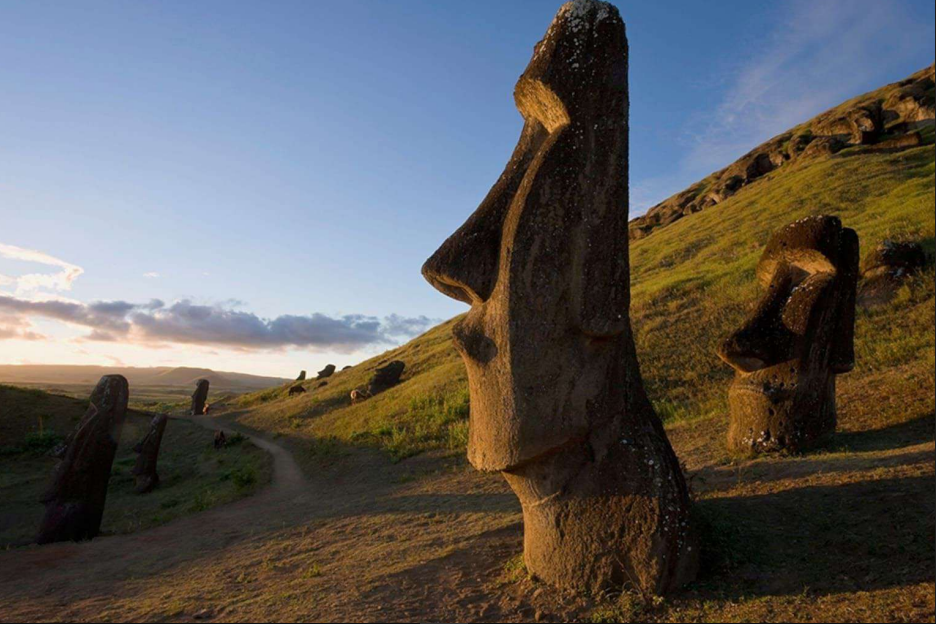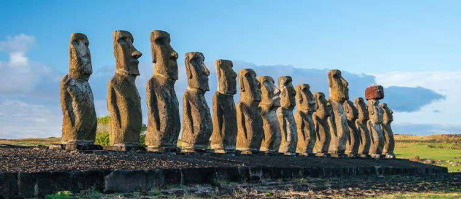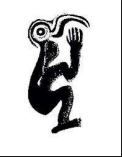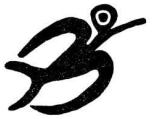
Word of the Day
Definition
A monolithic human figure carved from rock on Easter Island between 1250 and 1500 CE.
Source: Rapa Nui Cultural Dictionary
A statue representing deified ancestors in the Rapa Nui culture.
Source: Easter Island Historical Records
Example Usage
Te moai e tū ana i Ahu Tongariki.
The moai are standing at Ahu Tongariki.
Cultural Context
In Rapa Nui culture, moai were carved to represent important deceased chiefs or other revered ancestors. They were believed to hold the mana (spiritual power) of the person they represented.

Discover the Language of the Moai
Connect with the ancient culture that created these iconic statues through their language
Dictionary Features
Our digital dictionary provides powerful tools to explore and learn the Rapa Nui language
Search in Both Languages
Look up words in both Rapa Nui and English with our powerful search engine.
Multiple Definitions
View various translations and meanings from different sources.
Audio Pronunciations
Listen to native speakers pronounce Rapa Nui words correctly.
Example Sentences
See how words are used in context with example sentences.
Community Contributions
Add your own definitions and help expand the dictionary.
Cultural Context
Learn about the cultural significance behind words and phrases.
Rapa Nui Cultural Symbols
The Rapa Nui language is intrinsically connected to these ancient symbols and petroglyphs

Rapa Nui Petroglyph Figure
A traditional figure found in Rapa Nui rock art, representing an ancestral spirit. These figures were carved into rock surfaces and are believed to have spiritual significance.
Learn Rapa Nui Language
Discover our comprehensive learning resources to master this unique Polynesian language
Interactive Learning Paths
Our structured learning paths guide you from beginner to advanced levels with interactive lessons, pronunciation guides, and cultural context for each word and phrase.
- •Beginner, intermediate, and advanced courses
- •Audio pronunciation by native speakers
- •Cultural context for deeper understanding
